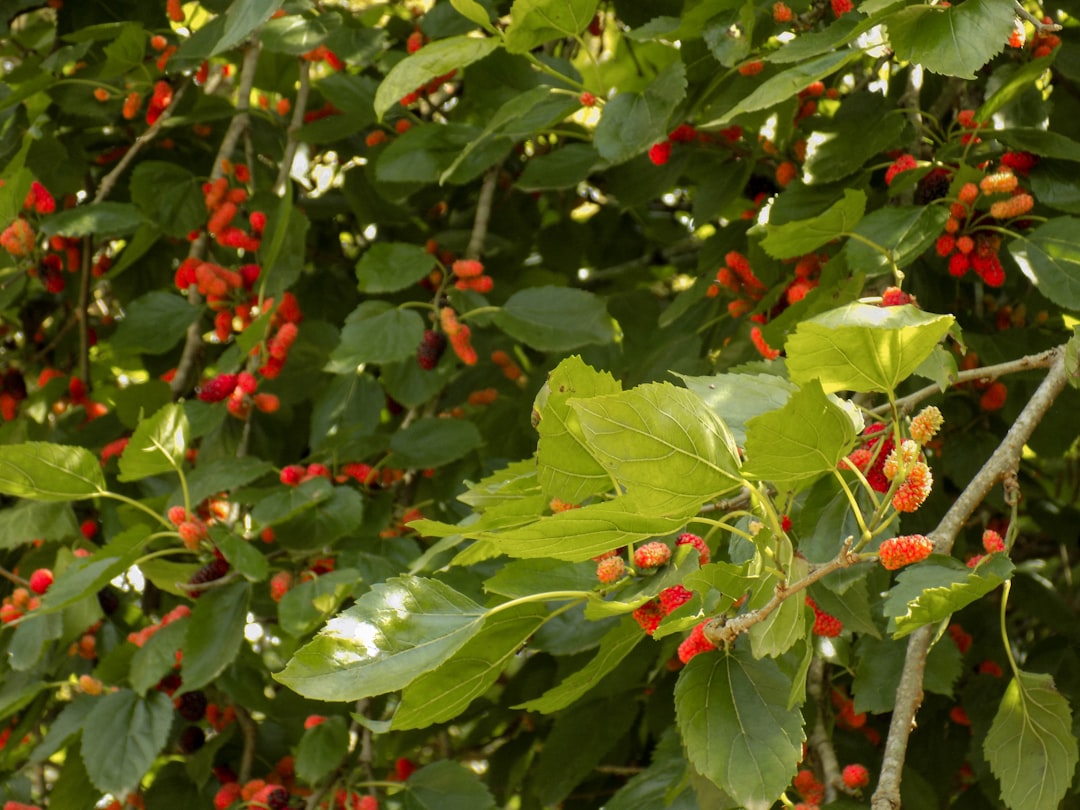What is it about?
Nanosized cellulose particles, such as nanocrystals and nanofibers, are promising biobased materials in many applications (e.g. reinforcing agents, in water purifications). As they are based on most abundant biopolymer, cellulose, nanosized cellulose can sustainable compared to many other nanosized particles (e.g. metal nanoparticles). Here, new method for cellulose nanocrystals was introduced.
Featured Image
Why is it important?
Production of cellulose nanocrystals currently requires highly corrosive acidic environmental or toxic and expensive chemicals. Also, removal of the chemicals from cellulose nanocrystals can be time and energy consuming. In this work, deep eutectic solvent (DES), which could be obtained from natural products (here choline chloride and oxalic acid) was used as pre-treatment media for cellulose nanocrystal production. As DES was only used as pre-treatment media, washing of cellulose fibers were easy, and nanocrystals were produced after mechanical disintegration of washed DES-treated fibers.
Perspectives
Even though certain aspects, such as recycling of the DES after cellulose fibers treatment still remains to be investigated, this publication provides feasible way to produce cellulose nanocrystals with more environmental friendly way.
Dr Juho Antti Sirviö
Oulun Yliopisto
Read the Original
This page is a summary of: Acidic Deep Eutectic Solvents As Hydrolytic Media for Cellulose Nanocrystal Production, Biomacromolecules, August 2016, American Chemical Society (ACS),
DOI: 10.1021/acs.biomac.6b00910.
You can read the full text:
Contributors
The following have contributed to this page










